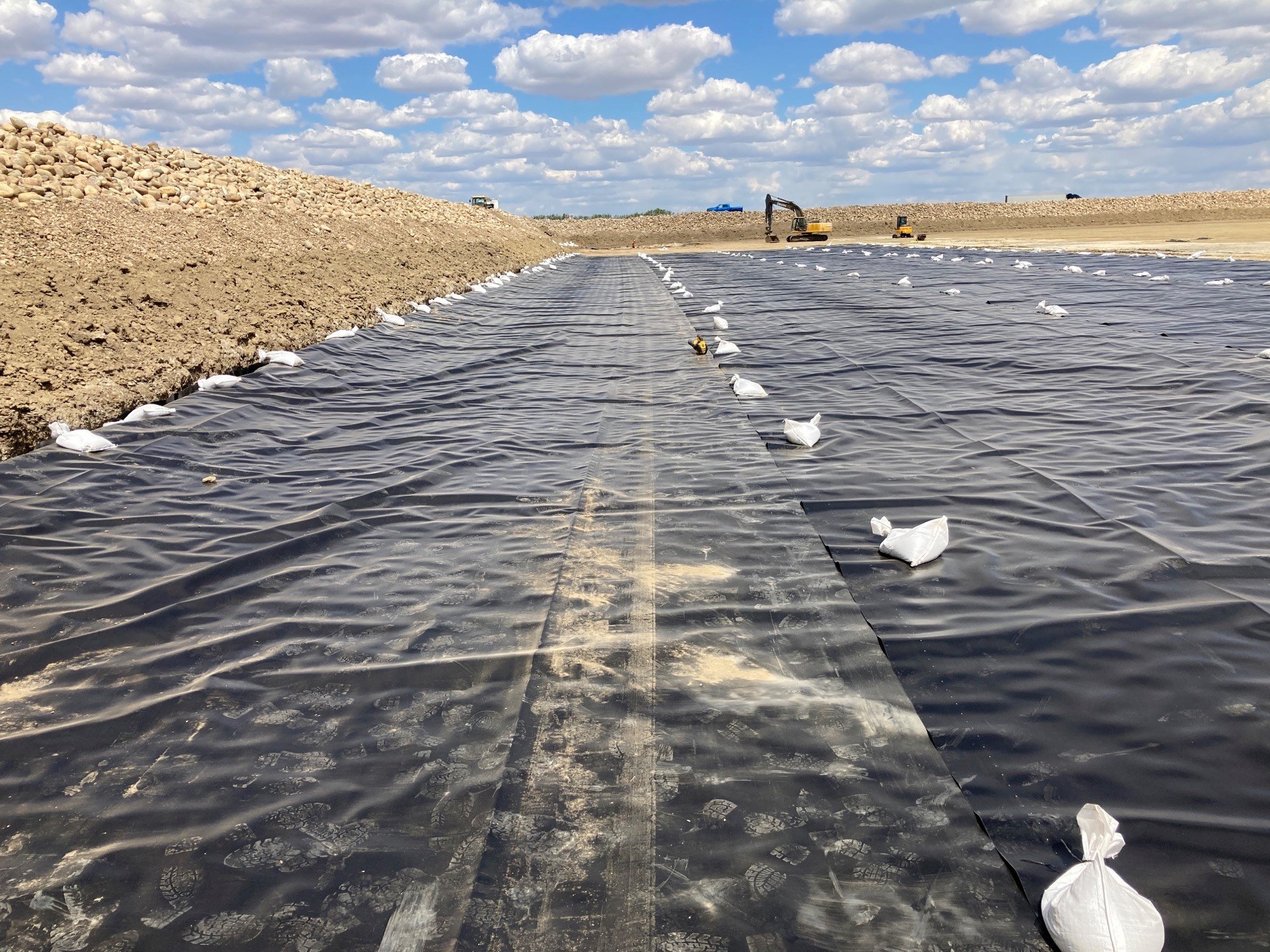Geosynthetics in Environmental & Infrastructure Protection
As leading providers in environmental and infrastructure protection, we know that utilizing advanced solutions and cutting-edge technology is crucial to safeguarding our world. One of the most versatile and essential components in our line of work is geosynthetics. These revolutionary materials have been providing robust and sustainable solutions to various environmental and infrastructure challenges for decades.
Understanding the Different Types of Geosynthetics
With geosynthetics, it is essential to understand the various types of materials used in environmental and infrastructure protection. Each type has distinct characteristics, making them suitable for specific applications. Let's explore some common geosynthetic materials and their primary uses:
1. Geotextiles:
Geotextiles are permeable fabrics made up of either woven, nonwoven, or knitted synthetic fibers. These fabrics are widely used for separation, filtration, reinforcement, and drainage applications. An example of a geotextile application could be in road construction, where geotextiles help separate aggregates and subsoils, ensuring pavement stability.
Geotextiles are permeable fabrics made up of either woven, nonwoven, or knitted synthetic fibers. These fabrics are widely used for separation, filtration, reinforcement, and drainage applications. An example of a geotextile application could be in road construction, where geotextiles help separate aggregates and subsoils, ensuring pavement stability.
2. Geomembranes:
Geomembranes are impermeable synthetic barrier materials, commonly used for containment applications. These materials can be made from various polymers, such as high-density polyethylene (HDPE), low-density polyethylene (LDPE), or polyvinyl chloride (PVC). One of the primary uses of geomembranes is liner systems and caps for environmental containment, such as landfill and pond liners, to prevent contamination of soil and groundwater.
3. Geonets:
Geonets are made up of two or three layers of integrally connected strands or ribs and are used primarily for drainage applications. These materials facilitate the efficient flow of both water and gas to designated collection points. Geonets are particularly beneficial in landfills for leachate management and gas venting.
4. Geogrids:
Geogrids are stiff and strong geosynthetics that feature a grid-like structure. These materials are designed for reinforcement applications where load-bearing capabilities are crucial. Geogrids are commonly used to reinforce road subgrades, embankments, slopes, and retainment walls.
Exploring Practical Applications of Geosynthetics
Now that we have established an understanding of the various types of geosynthetics, let's have a closer look at how these materials are practically used in various environmental and infrastructure applications:
1. Slope Stabilization and Erosion Control:
In situations where slopes face rapid erosion or instability, geosynthetics, mainly geotextiles and geogrids, are crucial for mitigating damage. Geotextiles can prevent soil erosion by providing a protective barrier, while geogrids reinforce the soil structure, increasing overall stability. Geocells can be another effective solution for erosion control, creating a confined cell structure that holds soil materials in place.
2. Containment Solutions:
Geomembranes and geosynthetic clay liners play a critical role in containment applications, such as landfills, hazardous waste storage facilities, and stormwater ponds. These materials contain pollutants, waste, and liquids, preventing any leakage and potential contamination of surrounding environments. Additionally, geonets can be installed under geomembranes to facilitate drainage and manage leachate and gas venting.
3. Reinforcement and Ground Improvement:
Geosynthetics, such as geogrids and geocells, significantly contribute to reinforcing weak or unstable soils, improving overall ground conditions. These materials can be used in roadway construction, embankments, and retaining walls to provide additional support and load-bearing capacity, resulting in safer and longer-lasting structures.
4. Filtration and Drainage Solutions:
Efficient filtration and drainage systems are essential components in environmental and infrastructure protection. Geotextiles and geocomposites facilitate water flow while preventing the migration of soil particles, making them ideal for stormwater management systems. Geonets also contribute to effective drainage systems, allowing for the efficient flow of liquids and gases in various applications, such as landfill management.
The Future of Geosynthetics: Innovations and Advancements
As we continue to face new environmental and infrastructure challenges, the development and innovation of geosynthetics remain a crucial aspect of our industry. The push towards more sustainable, eco-friendly, and cost-effective solutions continues to drive advancements in geosynthetic materials and their applications.
The integration of geosynthetics with new technologies, such as high-performance polymers, smart sensors, and advanced manufacturing techniques, promises a future of even more versatile and robust solutions. These advancements will continue to expand the boundaries of what we can achieve, ensuring that our infrastructure and environment are well-protected for generations to come.
Revolutionizing Environmental and Infrastructure Protection with Geosynthetics
Geosynthetics have undoubtedly reshaped the world of environmental and infrastructure protection, offering a range of flexible, durable, and sustainable solutions. By exploring the various types of geosynthetics and their practical applications, we can better understand and adapt to the unique challenges that our industry faces.
As our world continues to evolve, the importance of embracing these innovative materials and staying informed on new advancements cannot be overstated. By doing so, we can ensure that our environmental and infrastructure protection efforts are as efficient and effective as possible. If you seek expert guidance and top-notch environmental and infrastructure protection solutions for your projects, you can rely on Engineered Containment's in-depth knowledge and diverse capabilities. Contact Us Today.




